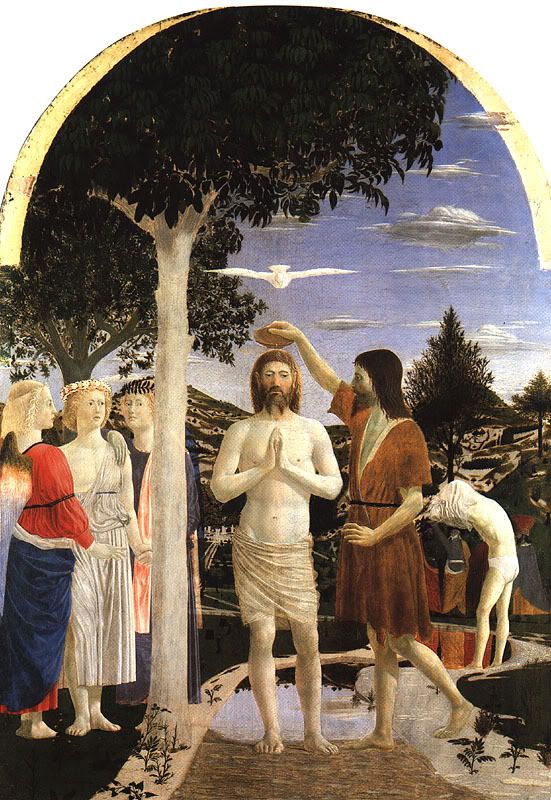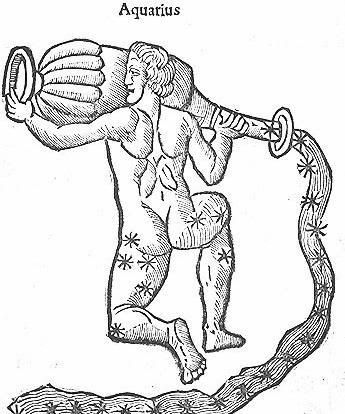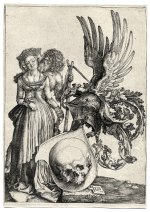The Veils of Divine and Human Love:
“Therefore, let there be two Venuses in the World Soul, the first heavenly and second vulgar. Let both have love: the heavenly for contemplating divine Beauty, the vulgar for procreating the same in the Matter of the World. For such beauty as the former sees, the latter wishes to pass on as well as it can to the machine of the World."
It has occurred to many that the divine lady of the world card may be a representation of the Anima Mundi (World Soul).
Perhaps we may see the penis in the hand of the Bateleur as also a reference to Abelard (castrated for his affair with Eloise) who interpreted Plato's concept of the anima mundi as an involucrum*. That is a divine, philosophical or natural truth veiled beneath an integumentum.*
He likened the world soul with the holy spirit, which he defined as the personified love of god for creation (some would say that like William of Conches he 'identified' rather than 'likened' the Anima Mundi with the Holy Spirit, but he was careful to distinguish between likeness and identification in awareness of the subtle distinction in which identification could be construed as
heretical, as indeed William of Conches was charged).
For Abelard the Anima Mundi represented love (caritas) as the highest good and the greatest virtue;
by exercise of which even those who have never received Christian instruction or sacraments, including pagans, could find salvation.
Perhaps between our iugler poet and the divine lady, the way of love is watermarked by veiled references...
Kwaw
*Integumentum / Involucrum (veiled, wrapped, hidden) :
In general terms a pagan fable, viewed as a fabulous story that sleeves truth in a poetic, picturesque
fictional form. Basically allegorical interpretation applied to pagan myth, poetry and philosophy to unwrap the truth veiled (involucrum) beneath the 'pagan lies'.
The difference between
allegory and
integumentum / involucrum being that the terms
integumentum / involucrum were applied to pagan 'fiction',
allegory to scriptural 'history' and 'truth'. Concepts of
integumentum and
involucrum as they developed at the School of Chartres allowed for a study of pagan poetry and philosophy in terms acceptable to a Christian audience.
The concepts were then also used to defend and make acceptable not only the pagan fables of the past but the writing of secular poetry and fables in the present, that may (but not neccesarily) include reference to pagan figures and concepts and even bawdy and rude references and tales, such as in for example the Romance of the Rose, within which the author would veil a hidden truth or philosophy; the unveiling or discovery of which, as with a puzzle, added to the readers pleasure and delight.
Abelard and some others made a distinction between integumentum and involucrum; more commonly the terms came to be used as synonyms. Essential to integumentum and involucrum was the concept of multi-valent symbolism; one thing could represent or reference many things or ideas; and conversely that many things could represent one thing. As a popular mode of poets and artists from the 12th century on the concept of integumentum, involucrum needs to be understood when reading / viewing their works.




